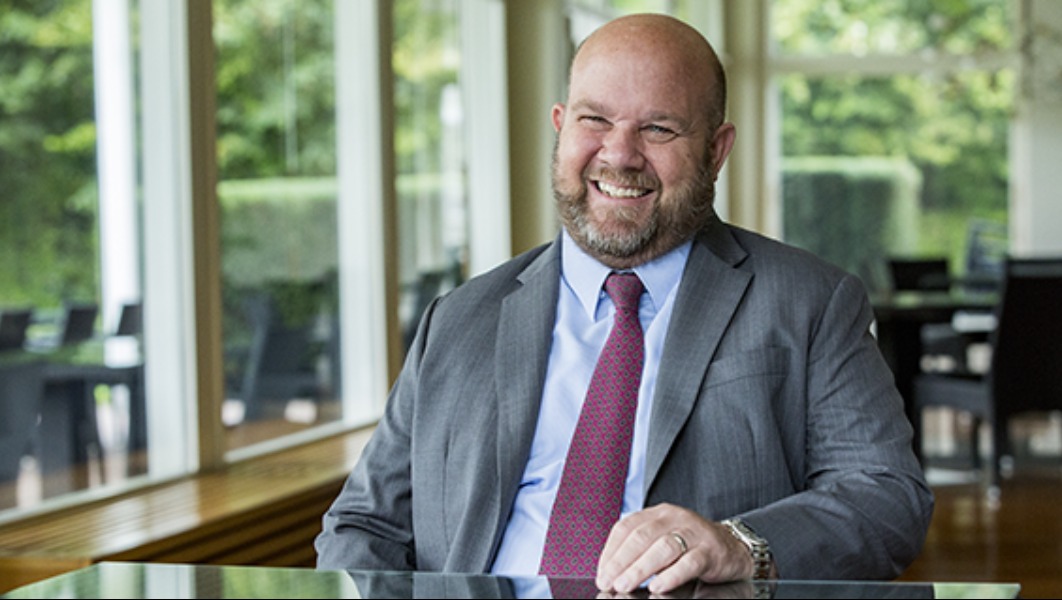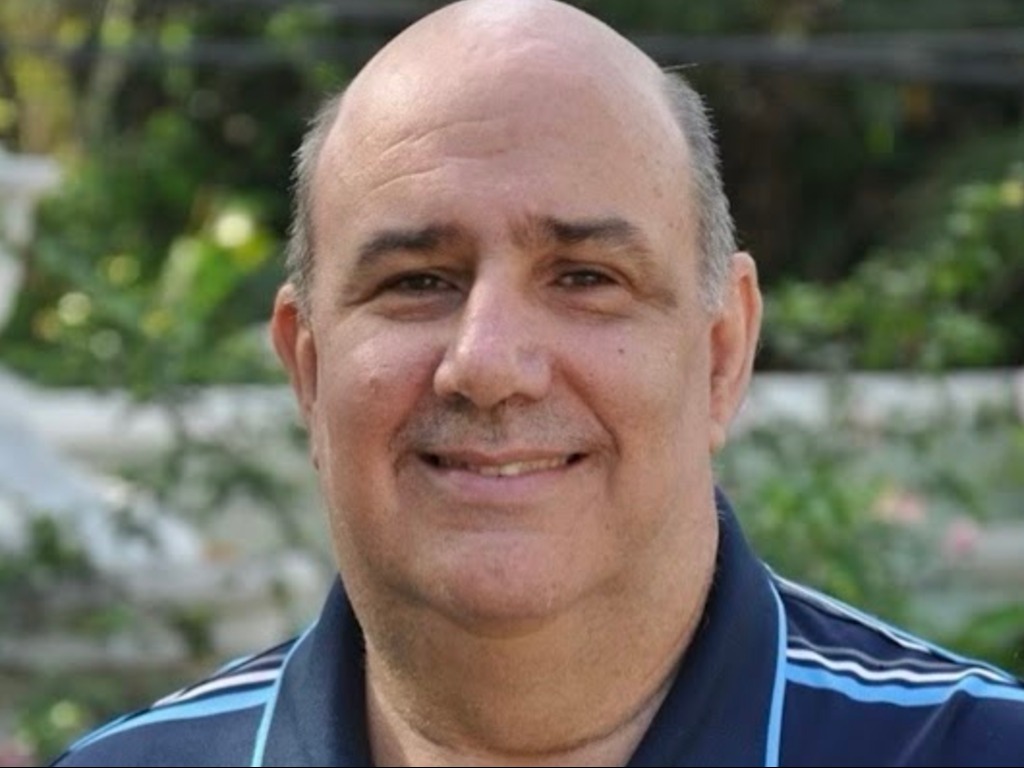Malaysia dives into accessible tourism with Adaptive Scuba Adventures

Malaysia is taking the lead on accessible tourism for travellers with disabilities, highlighted by some unique scuba diving opportunities courtesy of Diveheart Malaysia.
As a world-class diving destination, Malaysia is also the only Asian destination focused on adaptive diving experiences that cater to travellers with disabilities. The initiative is led by Diveheart, a US-based organization with its only Asian locations in Kuala Lumpur and Sarawak.
The Diveheart Malaysia team offers tailor-made programs designed to build confidence and independence for children, adults and veterans with disabilities, including those with sensory impairments and mobility challenges.
These adaptive adventures provide a fun and therapeutic experience, utilizing the weightlessness of water to create a gravity-free environment.
“As we say at Diveheart, everyone is equal underwater,” says Syed Rahman, team lead at Diveheart Malaysia and Chairman of the Department of Standards Malaysia committee for accessible tourism.
Rahman introduced Diveheart to Malaysia in 2016, revolutionizing adaptive adventures in the region by providing tailored experiences for travelers, locals, and even Paralympians.
Linawati Ismail, Deputy Director of Tourism Malaysia, Americas, said: “Malaysia is proud to lead in accessible tourism. Diveheart Malaysia aligns with Tourism Malaysia’s commitment to creating a welcoming environment for all travelers. We believe everyone deserves the chance to explore our beautiful country and its rich offerings, and we are dedicated to making that a reality.”
Beyond the water, Malaysia’s infrastructure and culture make it an ideal destination for accessible tourism, supported by Visit Malaysia 2026 policies that emphasize enhancing accessibility.
Recent initiatives mandate that hotels offer at least one accessible room for guests with disabilities, while popular tourist attractions now feature ramps, handrails, information boards and adapted parking and restroom facilities. Furthermore, improvements to public transportation and sidewalks boost wheelchair accessibility across the country.


